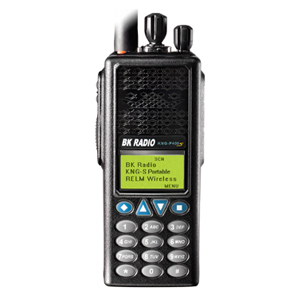Organizations with a need to equip their personnel with communications solutions may be faced with a decision: choose conventional two-way radio, or choose a cellular platform to keep everyone in the loop. It may seem that ‘smartphones’ offer more features, but the decision isn’t easily won by the bells and whistles of smartphones.

Additionally, many two-way radios have the capability to communicate on a one-one basis when the situation warrants. Cell phones do not have this flexibility in function. There are group calls, but they don’t have channels. Two-way radios also typically have longer battery life. This can be a huge deal in terms of upkeep. Two-way radios also have better security then cell phones. The durability on radios is better then with cell phones. This can also save for upkeep in terms of replacements. Radios have initial costs to set up but cell phones have a monthly coverage fee. Those with radio systems can save in the long run. Cell phones are nice for individuals but just don’t suite organizational needs typically.
What about those bells and whistles? Modern two-way radios offer many advanced features, such as color screens, touch-compatibility, and text messaging. So don’t think that a cellular communications plan is the exclusive way of the future. Two-way radio fills a vital need with one-many communication abilities and retains an important role in emergency communications.
